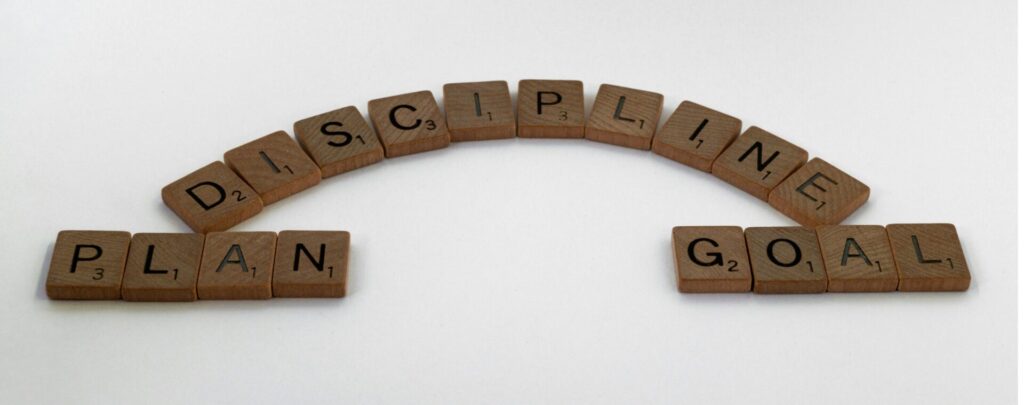
Body + Mind is reader-supported. We may earn an affiliate commission when you buy through some of the links on our site.
Thinking about the rest of our lives can be a bit overwhelming. However, integrating life mapping into this journey can offer you clarity and inspiration. You can also look at it as a personalized roadmap to success. This step-by-step guide to life mapping will help you turn dreams into reality.
Life mapping is a qualitative narrative visual method created for personal development. It is a visual representation of your aspirations and goals. It integrates aspects of life, including career, relationships, health, finances and personal growth.
Thanks to it, you can gain clarity and focus on what matters the most. You can think of it as having a GPS for your life, guiding you to success. When you focus on something you want and believe it will happen, you can increase the chances of it occurring. So, let’s see how you can start mapping — and manifesting — your future goals.
Are you more of a classic physical DIY? Or a technology fan? If you prefer a hands-on approach, look for paper, poster boards, markers and sticky notes. If you are more of a digital person, seek flowchart software, mind-mapping apps or simple documents that work well.
Organizing your thoughts in categories ensures you cover all essential aspects of your life. Divide your life map into different but relevant sections. Some ideas are personal growth, career, relationships and hobbies.

This is a very important part of the process, as it sets what is important for you. What are your values? Which strengths do you think you have? And weakness? Do you remember important past milestones? Understanding these aspects will form the foundation of your life map.
A great way to define your objectives is using the SMART framework. This means setting Specific, Measurable, Achievable, Relevant and Time-bound goals to guide you.
For example, a vague goal would be “get fit”. A SMART goal would be to specify “run a 5K by the end of the year” or “attend yoga classes twice a week.” Clear goals enhance motivation while increasing the chances of success.
Dividing your long-term aspirations into smaller, achievable milestones can benefit your process. This strategy makes your goals feel more obtainable while helping you keep motivated. Each little success contributes to the next, creating a positive cycle.
You may face potential challenges as part of your journey. So, what’s better than anticipation? Think about possible strategies to overcome them. This way, you’ll be better prepared to stay on track when setbacks occur.
Part of planning is deciding on a time frame for each goal. You may achieve short-term goals between weeks or months. But when it comes to long-term goals, it may take several years — being essential to stay patient. A key advice for maintaining motivation is to keep realistic time frames. Also, assigning deadlines keeps you accountable and focused on progress.

Now, it’s time to put everything on the table — physical or digital. These are some practical tips on how to apply every previous step into your tangible life map:
This life map works as a daily reminder of your path and progress, helping you stay focused.
A map of life allows you to identify passions, strengths and values. As a tool to clarify your life’s purpose, it helps you focus on achieving those goals through measurable steps.
This technique makes it easier to track your progress and hold yourself accountable. Seeing your achievements mapped out can boost your motivation. Also, it encourages you to persevere even during challenging times.

A life map enables you to be more flexible and strong by helping you spot possible obstacles and prepare for them. Additionally — as you navigate your life’s journey — you can revise your life map to include new objectives and changing circumstances.
Uncertainty usually often leads to anxiety. Having a clear plan makes you feel more in control of your life. This sense of direction can reduce stress levels, making you feel more at ease and focused on your well-being.
A life map is a visual guide, aiding in more informed decision-making. When faced with choices, you can determine which options align with your goals and which may be distractions.
One of the greatest benefits of life mapping is its ability to transform abstract goals into tangible steps. For example, Olympic athletes use visualization and training to achieve exceptional results. By envisioning themselves accomplishing a task, the brain sends messages to muscles, improving their performance during competition, even before the actual pressure of the game.
Moreover, people who visualize their goals are more likely to take action and achieve them. In this sense, Picturing goals can increase effort and commitment, as they perceive them as closer than those that are harder to visualize. The whole point of creating a life map is to make sure it’s flexible enough to grow and change as you go through your journey.
Looking toward the future can be positive instead of overwhelming. Taking small and intentional steps can create lasting and positive changes in your life. Having a life map makes the process easier while helping you overcome challenges.
Remember, progress is better than perfection. Start where you are and keep moving forward. Your journey is unique, and with the right tools — including life mapping — you can design a future where wellness is a goal and a way of life.
Your email address will only be used to send you our newsletter, and at any time you may unsubscribe. For more information, see our Privacy Policy.